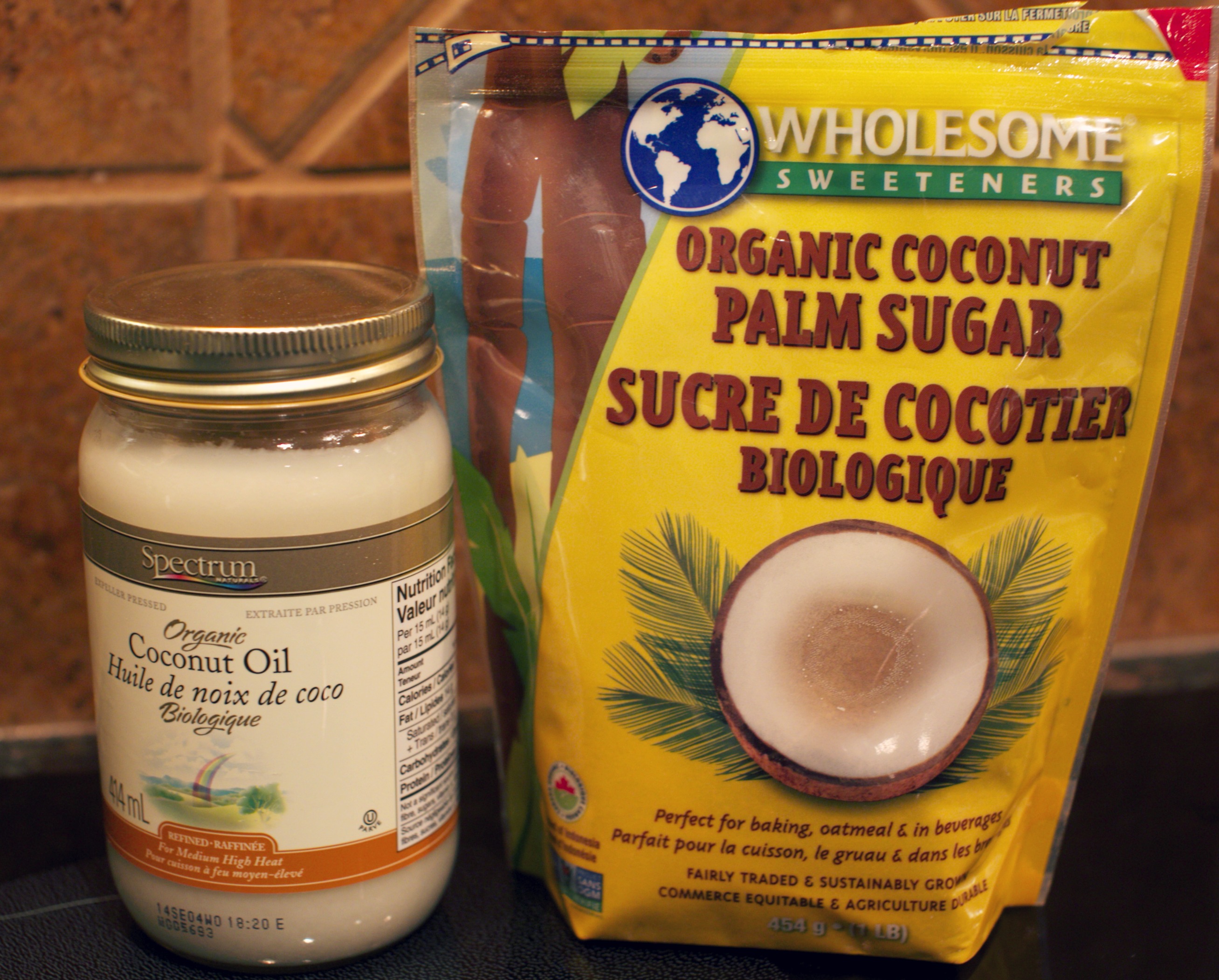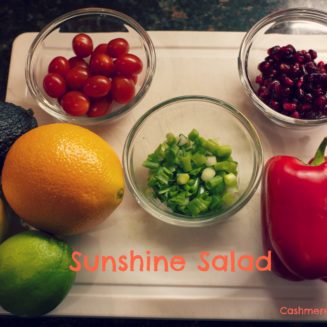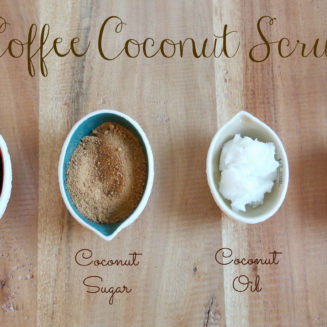
Part of my resolve to eating better and closer examining what our meals are made of lead me to buying coconut palm sugar and coconut oil. Both currently popular products, touting benefits when compared to other sweeteners or shortening products. I have moderate hypoglycemia, which I know is common with many people, but over the years I’ve had to mitigate my eating habits to ensure I’m eating smaller, more frequent meals as the big breakfast that lasts you till dinner, doesn’t work well for me. Also I’ve learned consuming high fat, high sugar and low nutrient foods and drinks, sends me on blood sugar a roller coaster, that usually results in me having severe shakes followed by retiring for a nap.
So I’ve dabbled with natural sweeteners, such as Honey, Maple Syrup and even Stevia. It always came back to baking with raw sugar or using it in my coffee because I didn’t enjoy the taste of the other sweeteners as much. But really what my goal has been is to lower the Glycemic Index in foods I was ingesting. What is that you ask, (hang on boring science Brandy and the University of Sydney are here to explain) :
The glycemic index (GI) is a ranking of carbohydrates on a scale from 0 to 100 according to the extent to which they raise blood sugar levels after eating. Foods with a high GI are those which are rapidly digested and absorbed and result in marked fluctuations in blood sugar levels. Low-GI foods, by virtue of their slow digestion and absorption, produce gradual rises in blood sugar and insulin levels, and have proven benefits for health. Low GI diets have been shown to improve both glucose and lipid levels in people with diabetes (type 1 and type 2). They have benefits for weight control because they help control appetite and delay hunger. Low GI diets also reduce insulin levels and insulin resistance.
So the key is the lower the GI ranking, your blood sugar levels will be maintained at a more constant level, which consequently can help regulate appetite and control weight. A low GI ranking is considered to be 55 or less, Coconut Palm Sugar measures in around 35, which is one of the lowest natural sweeteners, I believe Honey is around 55.
So I decided to try it out and substitute it into my baking, coffee and general lifestyle. My opinion is I love it. I actually have noticed a difference in sustained energy level and I don’t develop the “shakes”, to the point where I am immediately searching for the closest carb to shove in my body. Other people have described it as offering a “slow burn”.
I also was concerned it would alter the taste of baking or cooking and I can say with 100% honesty it does not. If anything it has more of a brown or golden sugar type taste. Drawbacks are the price and it’s not readily available in most grocery stores. You have to head to your natural foods or organic section to find it. And if we really get philosophical, coconut palm sugar may not be a sustainable product with the rising popularity on the world market.
I also just wanted to point out that awareness around all foods GI is helpful in understanding what are better fuels for our bodies. The University of Sydney has a very comprehensive site dedicated to educating on GI and even provides recipes and meal plans. Awareness is always a step in the right direction to help making better food choices and I’m trying to do just that even if it’s just a spoon of sugar.












[…] I focused on cutting out “bad” items and gaining a better awareness around glycemic index and how you can change your eating habits to better fuel your body. Not gonna lie, this has been one […]
[…] since the New Year and I have been in big time withdrawals for dessert. So I went on the hunt for alternatives and low glycemic index recipes and came up with this brownie mix. Many people use different nut based flours or milks but […]